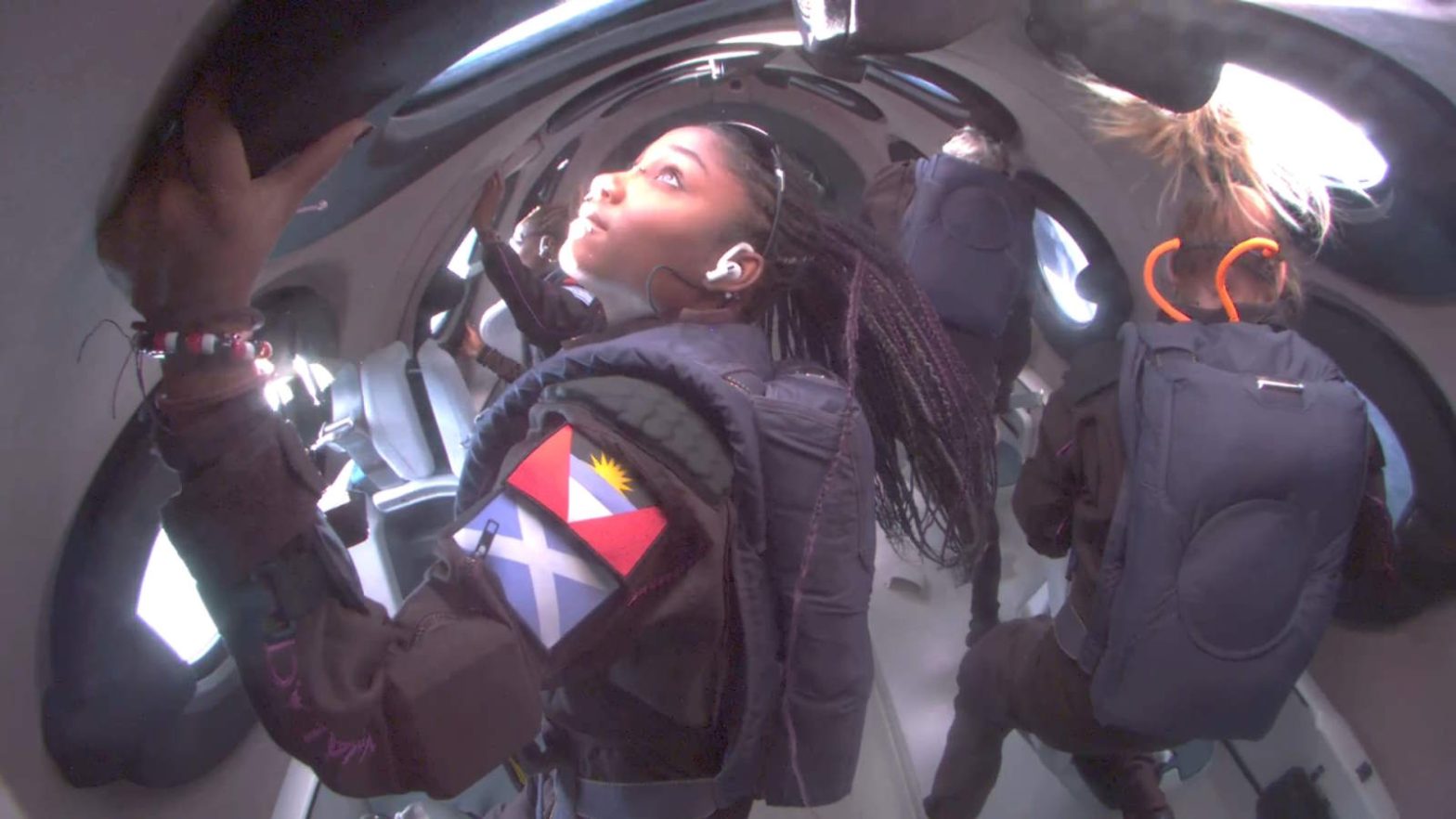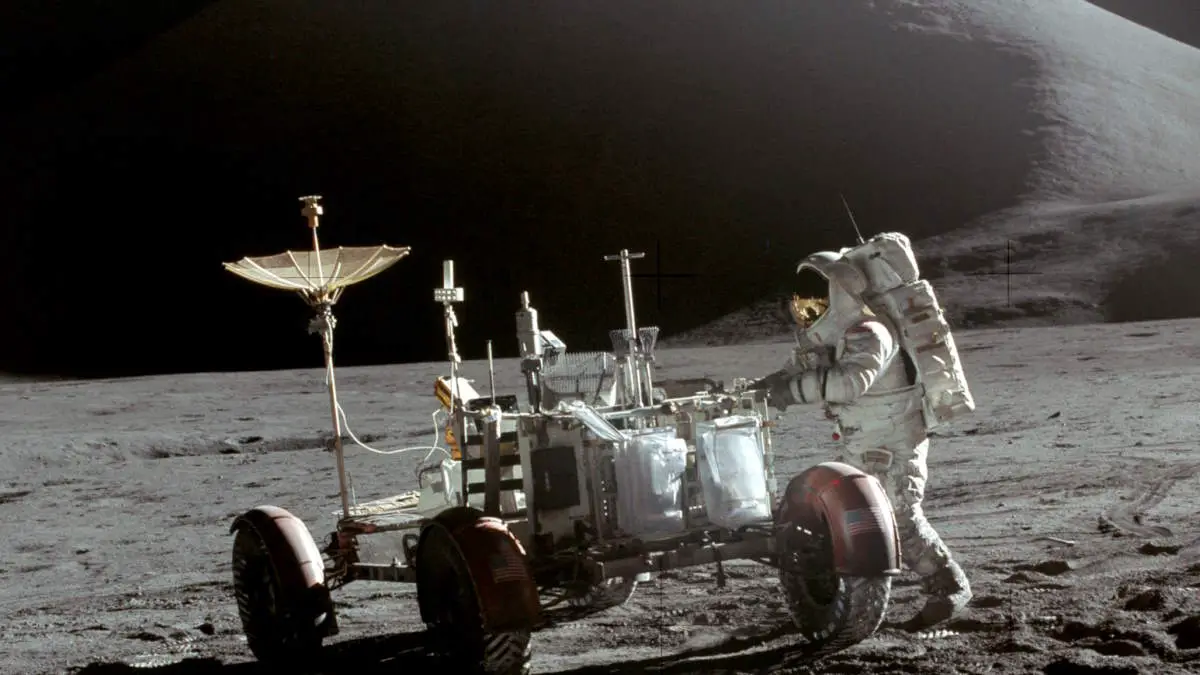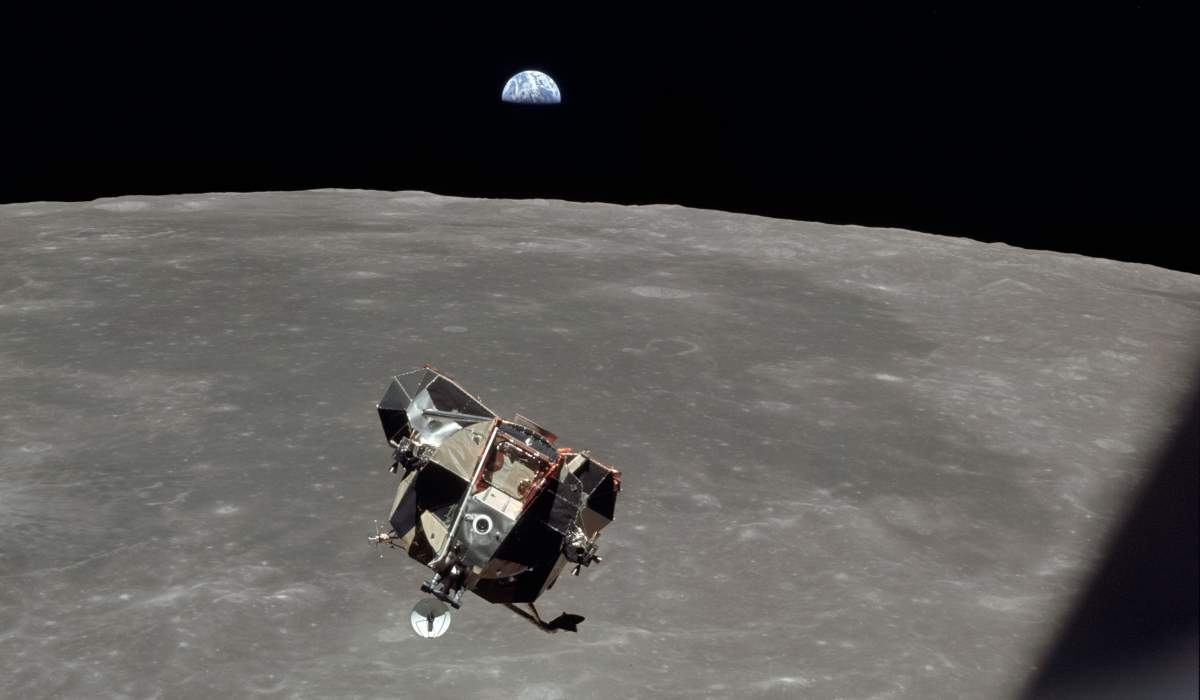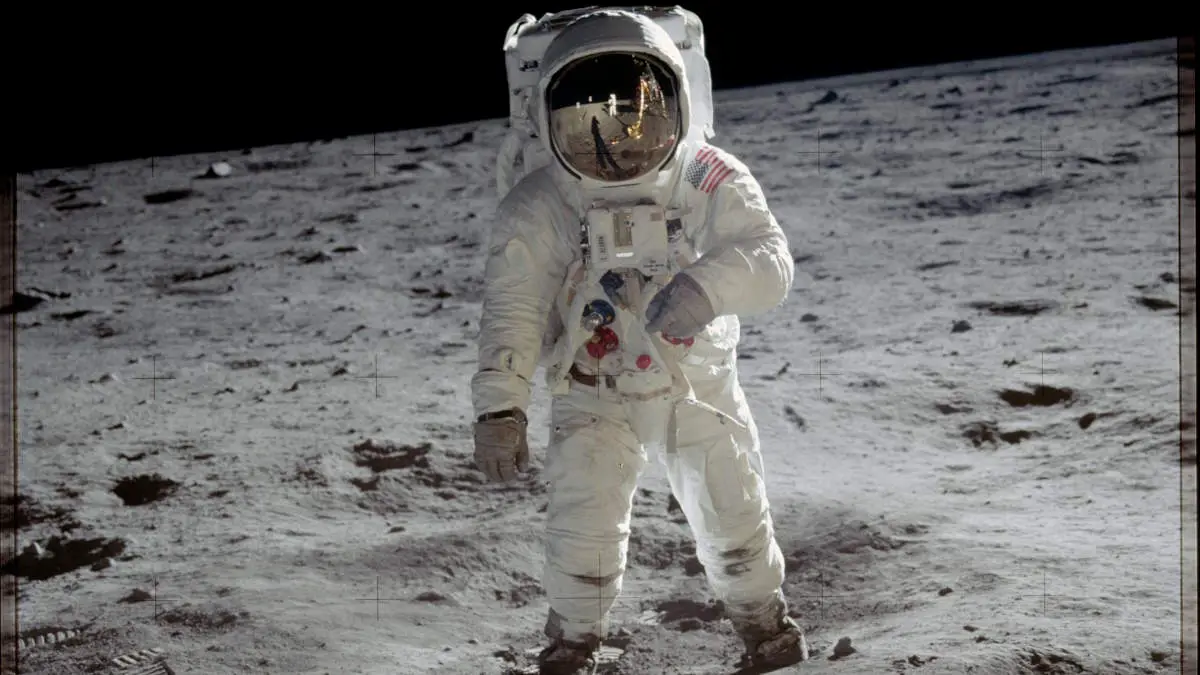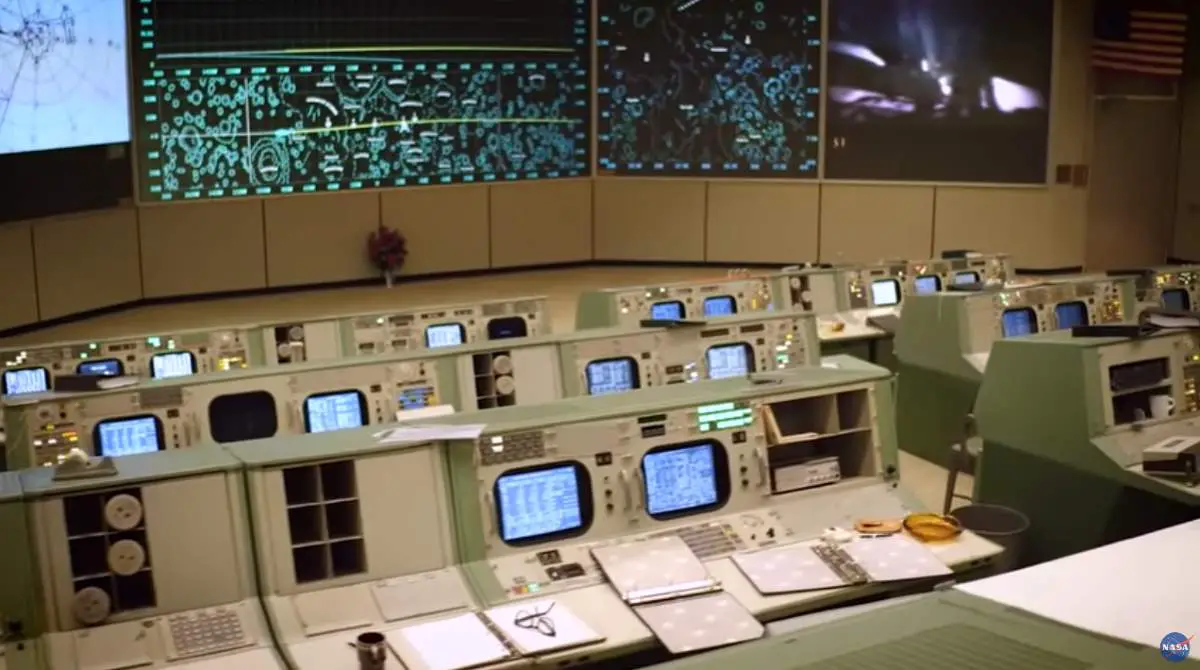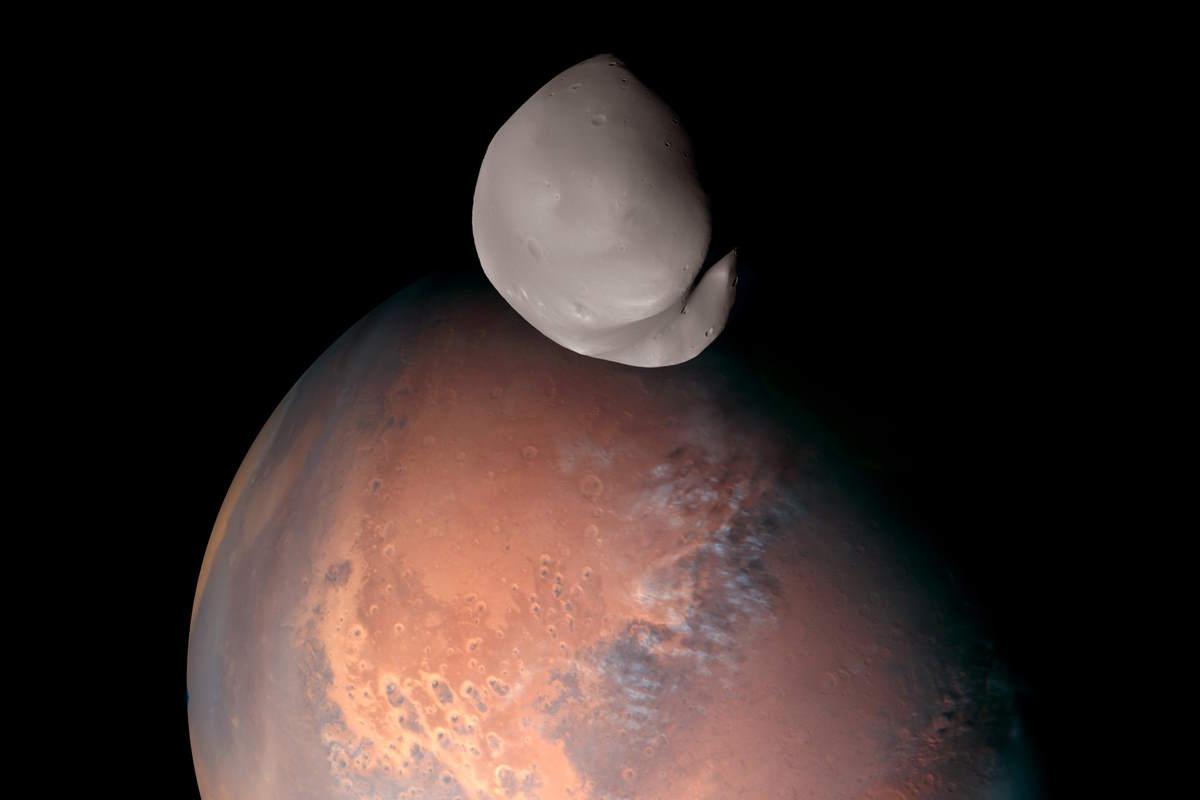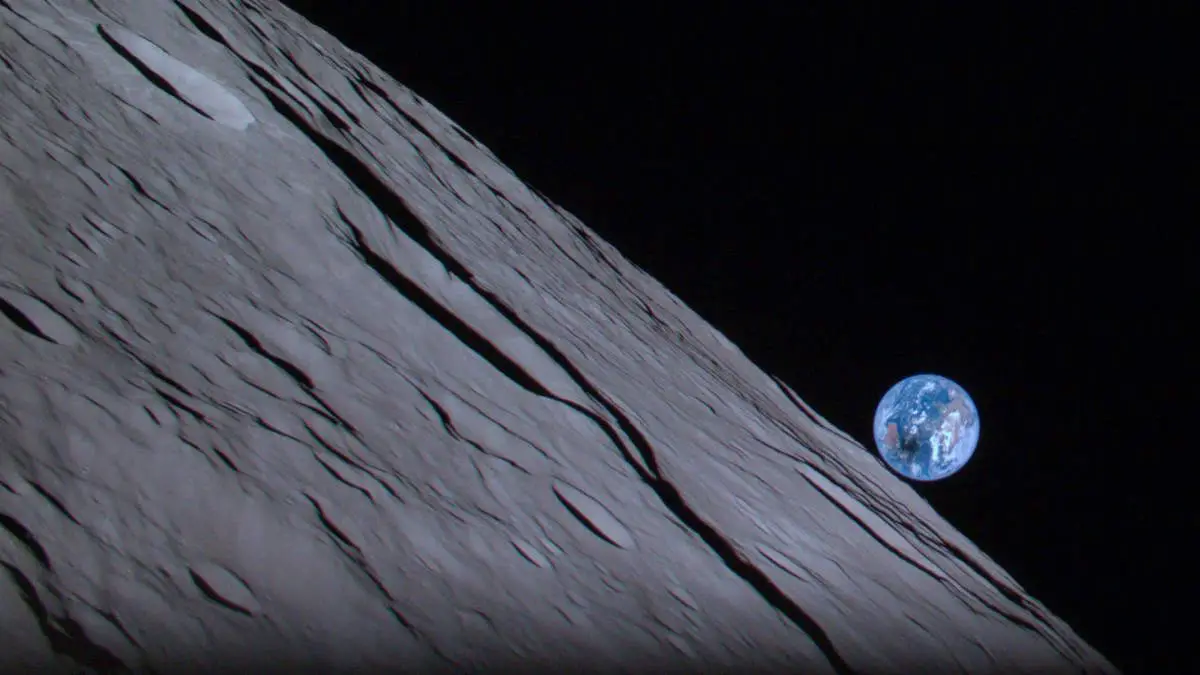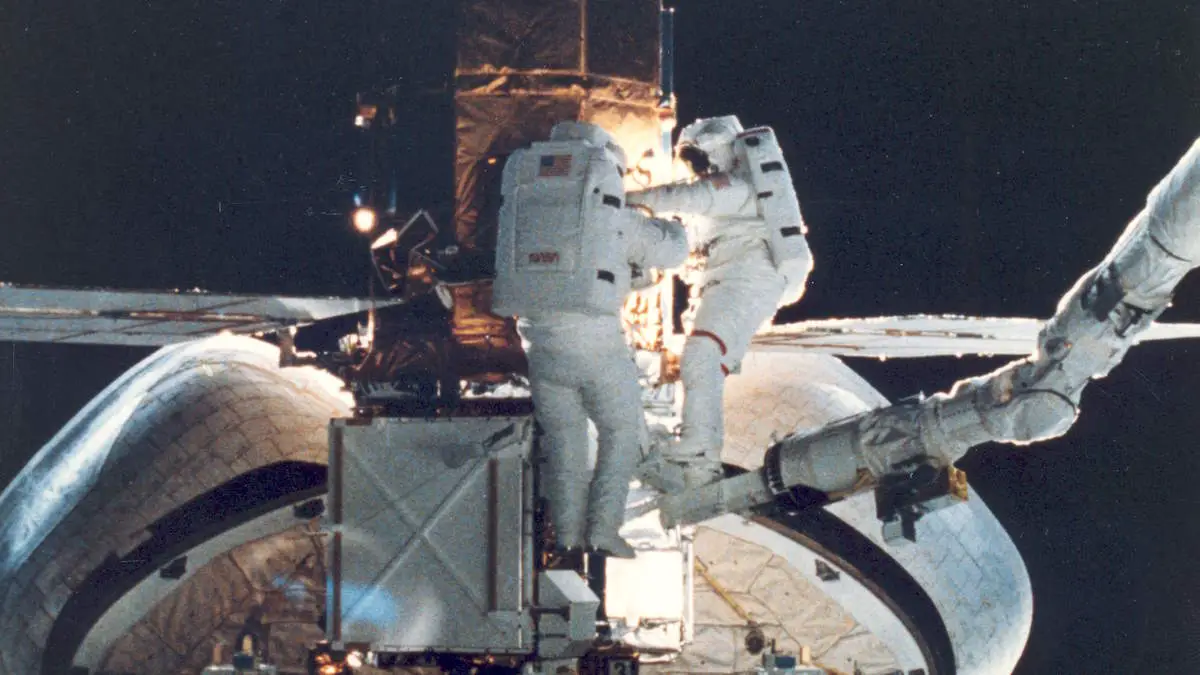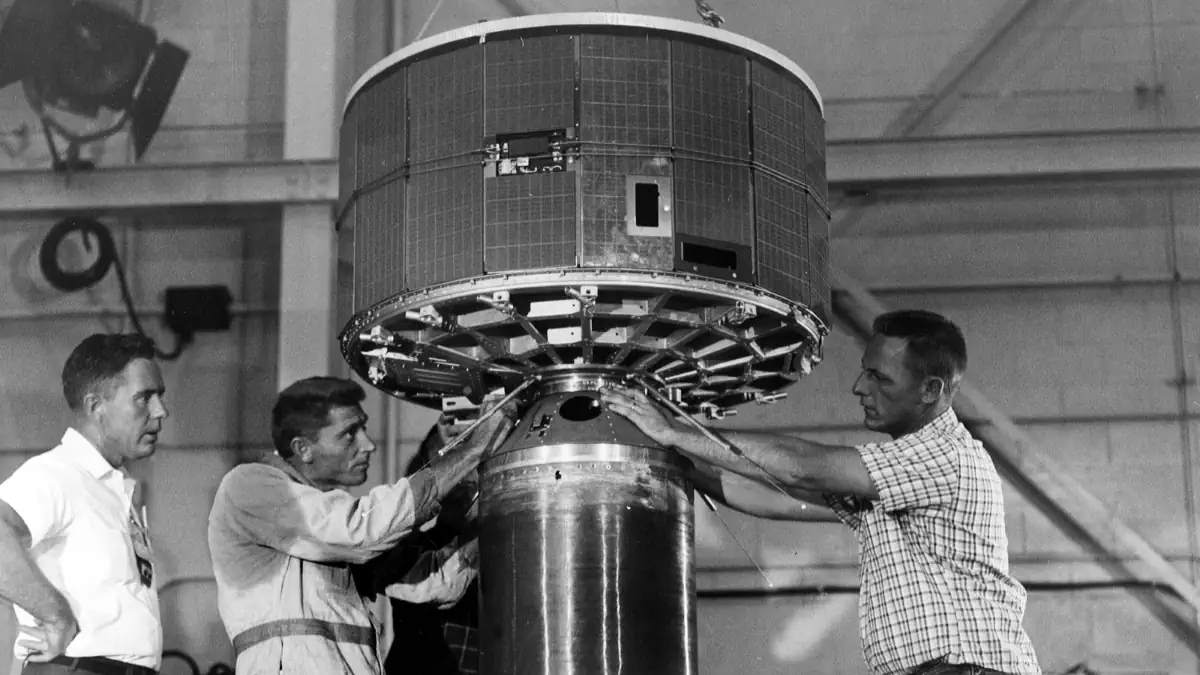Anastatia Mayers, an 18-year-old philosophy and physics student from Aberdeen University, made history as the youngest person to travel to space. Her extraordinary journey aboard Virgin Galactic’s Galactic 02 (G02) flight on August 10, 2023, not only set a record for youth but also marked a significant milestone in space tourism.
